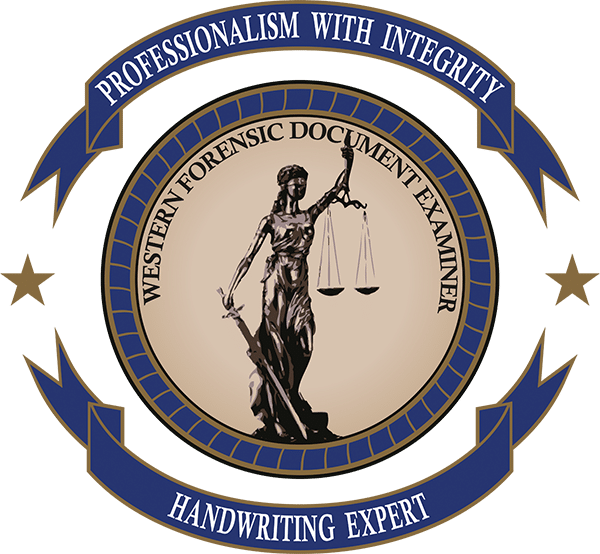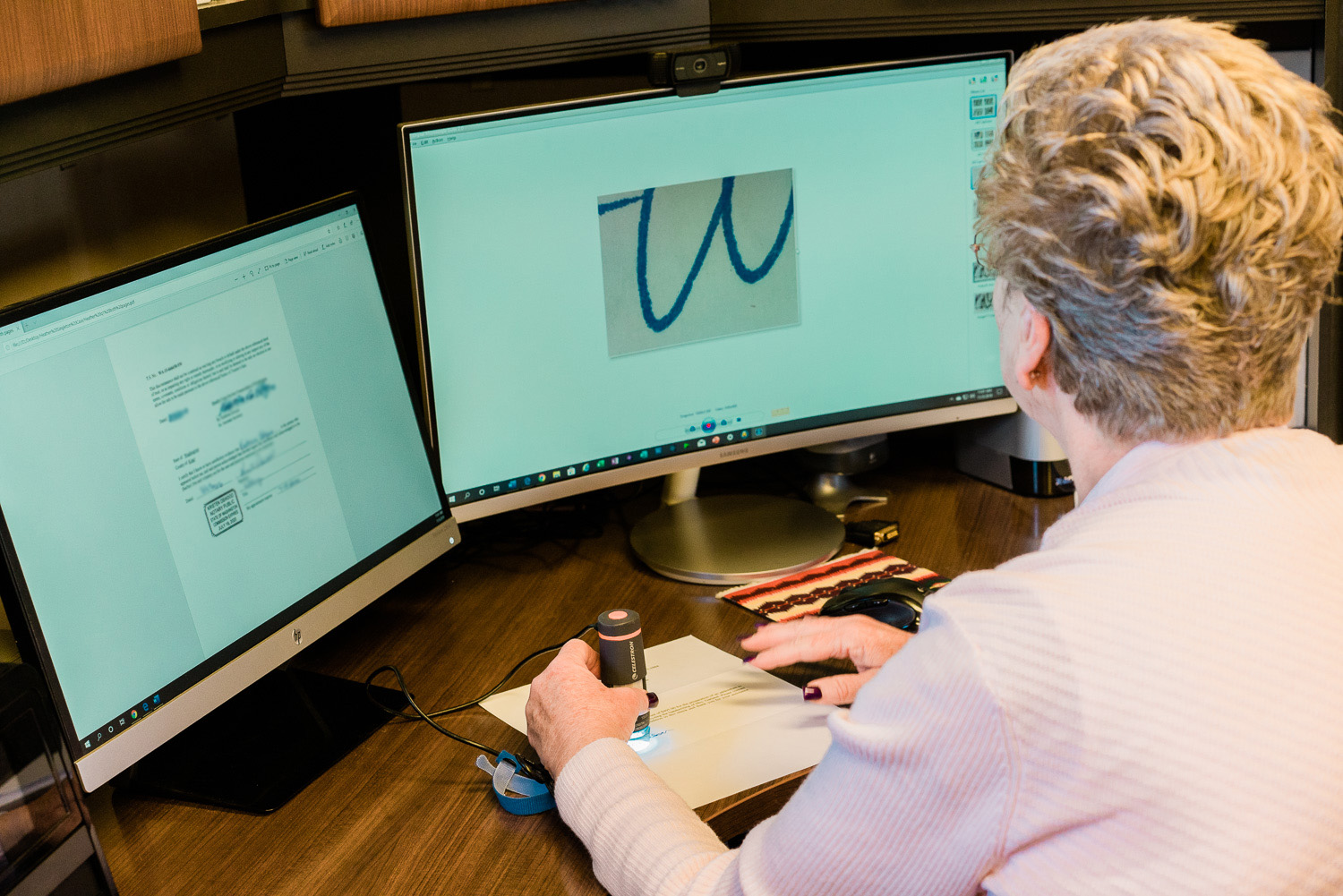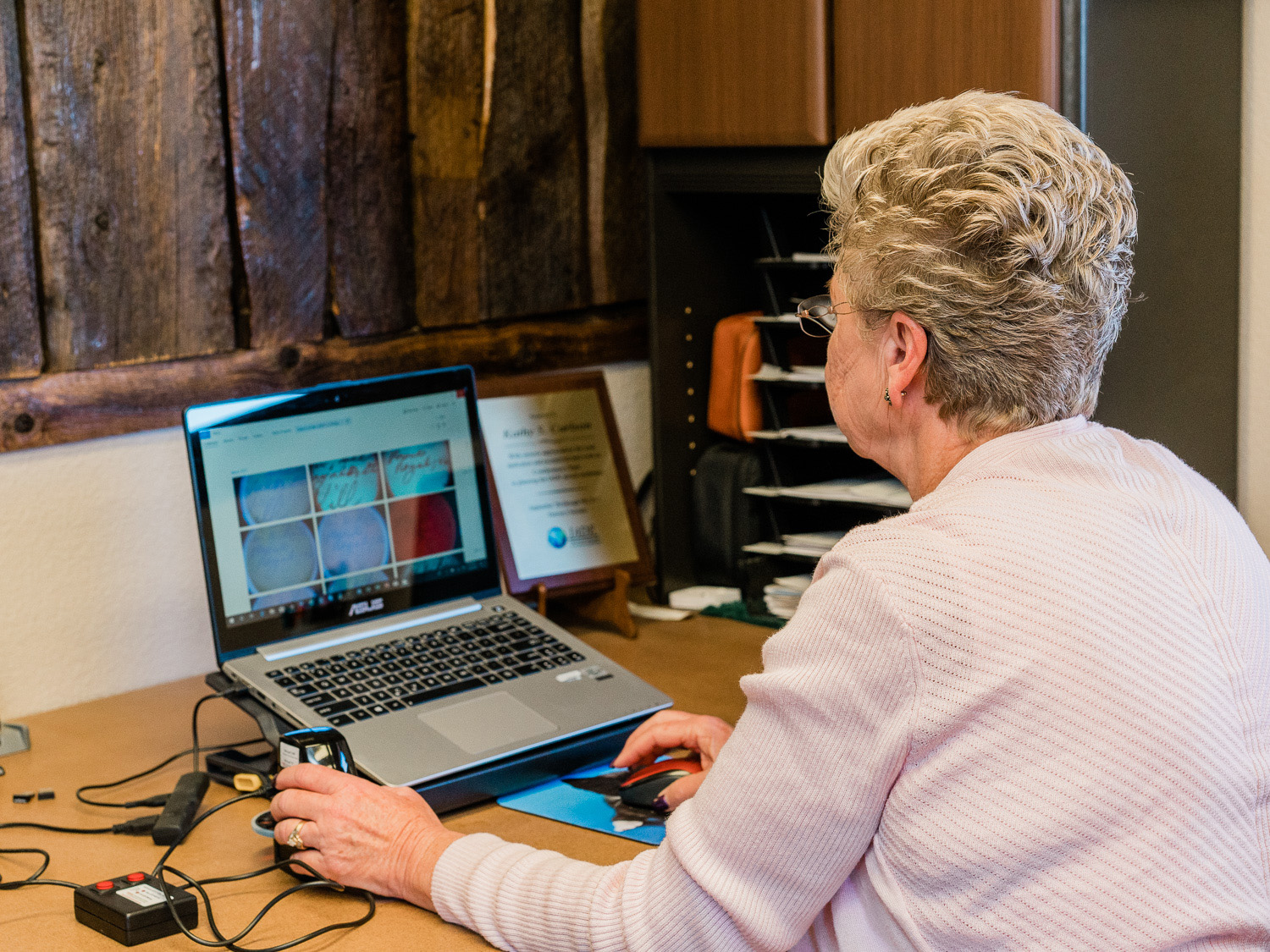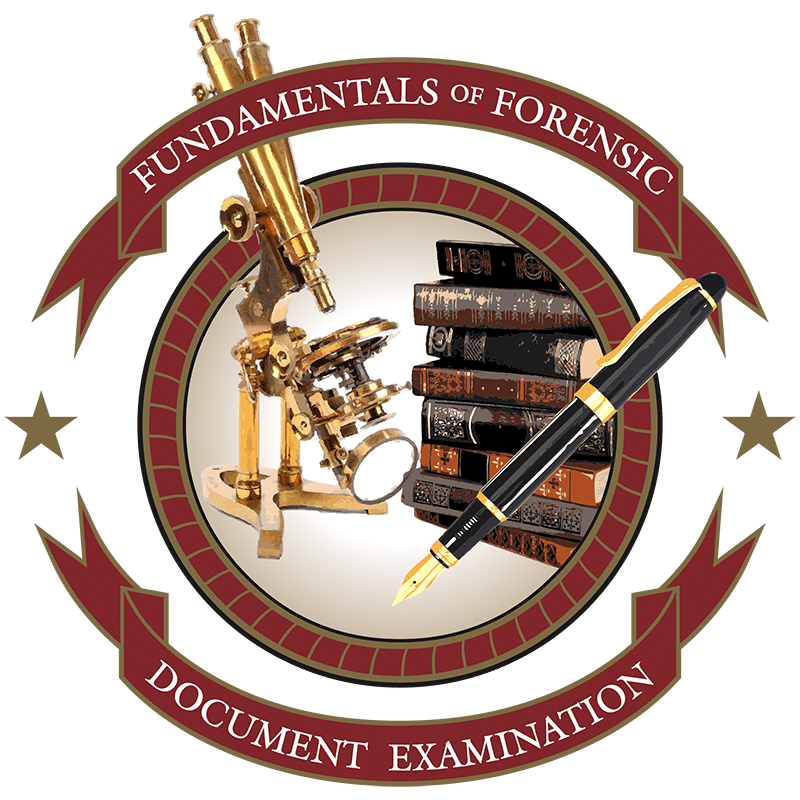Signature Analysis & Comparisons
The Most Common Request in Forensic Document Examination
Every day, checks, contracts, wills, and legal agreements are signed—and sometimes those signatures are questioned. Signature analysis is the most common request forensic document examiners receive.
When a signature is in dispute—whether in a court case, workplace matter, or personal concern—you need a certified, court-qualified forensic document examiner who can determine authenticity with precision and authority.
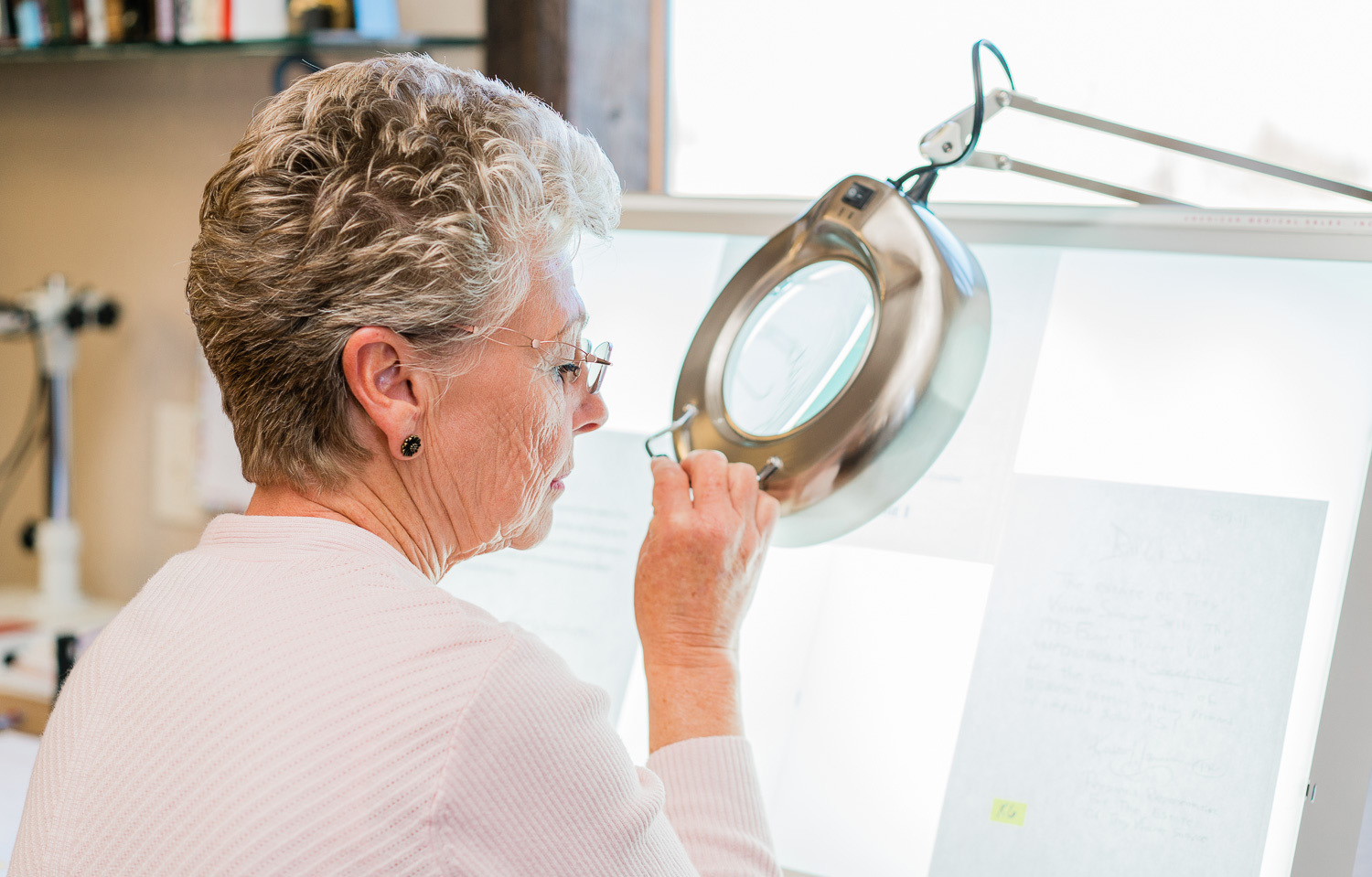
The Examination Process
The first step in any analysis is to review the original document in question whenever possible. If the original is unavailable, other options may still be considered.
Because signatures are as unique as fingerprints, no two are ever exactly the same—even from the same person. To properly evaluate a questioned signature, the examiner must compare it against multiple known signature samples. These help establish the writer’s natural range of variation and allow for a reliable comparison.
For best results, known signatures dated close to the time period of the questioned signature are preferred. Examples of useful comparison documents include:
Once suitable samples are collected, the signature comparison process begins. Fraudulent signatures are often difficult—if not impossible—for the human eye to identify. That is why Kathy Carlson employs advanced laboratory equipment and forensic methodology to make accurate determinations.
Laboratory Equipment & Technology
To ensure precision and defensibility in court, Kathy utilizes a wide range of specialized forensic equipment, including:
This technology allows Kathy to examine stroke detail, pressure, ink flow, and other forensic indicators with the precision required for professional reporting and expert testimony.
Professional Fees
A forensic signature analysis begins at $650.00. This includes an initial review of the questioned document(s) and known samples. Following examination, Kathy provides an independent professional opinion and, if needed, a formal written report suitable for litigation.
Ready to take the next Step?
Your choice of expert witness can determine the outcome of your case. Kathy Carlson brings nationally recognized certification, courtroom experience, and a proven track record in document examination. Whether you need an initial opinion or sworn testimony, you can trust that your case will be handled with the utmost professionalism and precision.
